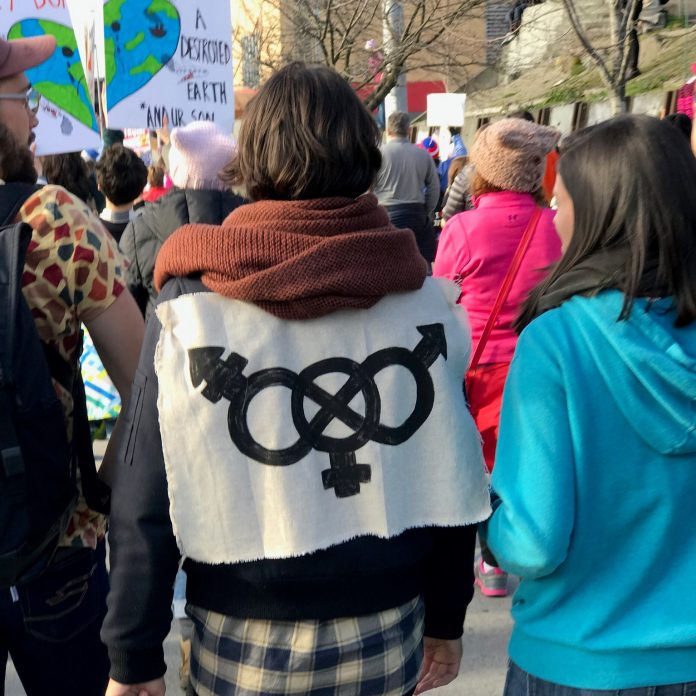The EU’s gender equality strategy presented today by the European Commission is a step forward in terms of acknowledging the specific situation of racialised women and the need for an intersectional approach. However, it foresees no measures to ensure that this will happen in practice according to the European Network Against Racism (ENAR).
The EU gender equality strategy is a long-awaited proposal to ensure real equality for all womxn in the EU. ENAR welcomes the fact that it calls for an intersectional perspective in gender equality policies and acknowledges intersectional discrimination, i.e. the discrimination resulting from interconnected identities such as gender, class, race, sexuality, disability, religion, which produce a new and unique type of discrimination.
However, it is disappointing that the strategy does not include any specific measures or guarantees to ensure policies will actually be intersectional. There are also no specific actions to tackle the inequalities faced by women who are made invisible or overlooked in current gender equality policies. For example, policies to close the gender pay gap not take into account the fact that many ethnic minority women are paid less than white women and ethnic minority men. Similarly, policies to achieve gender balance in leadership positions make no reference to the underrepresentation of minority women in management positions. To ensure a real intersectional approach, the strategy should foresee proactive measures to ensure that racialised women are not once again made invisible, including by assessing and reviewing existing policies.
Another significant shortfall is the lack of measures to collect data disaggregated by race and gender, beyond ‘migrant status’. Such data collection is key to understand the prevalence of cases of discrimination on intersectional grounds and the socioeconomic position (employment rates, education levels, access to housing and healthcare) for groups at the intersections, and to adopt effective and targeted policies. For instance, Black, Roma, Muslim, migrant women experience discrimination in different ways as their male, white counterparts and may be at higher risk of systemic discrimination.
“This strategy is a missed opportunity to address structural and interconnected discrimination and inequalities. It again shows how overlooking race – and especially racialised women – in policies totally undermines the potential of the concept”, said Karen Taylor, Chair of the European Network Against Racism.
“Intersectionality must be more than a principle; it requires corrective measures to existing gender equality frameworks. Racialised women must be at the centre of EU equality policies for them to be truly intersectional and ensure that women of colour and other womxn at the intersections of oppression are fully protected,” added Taylor.

